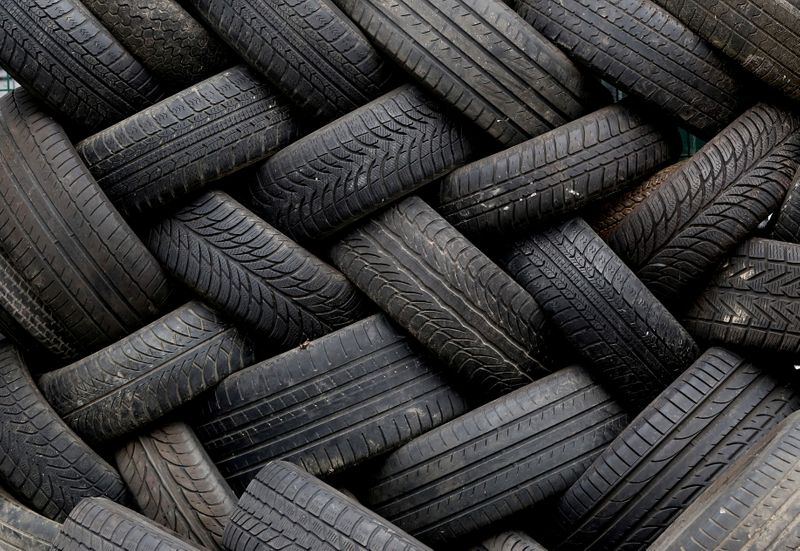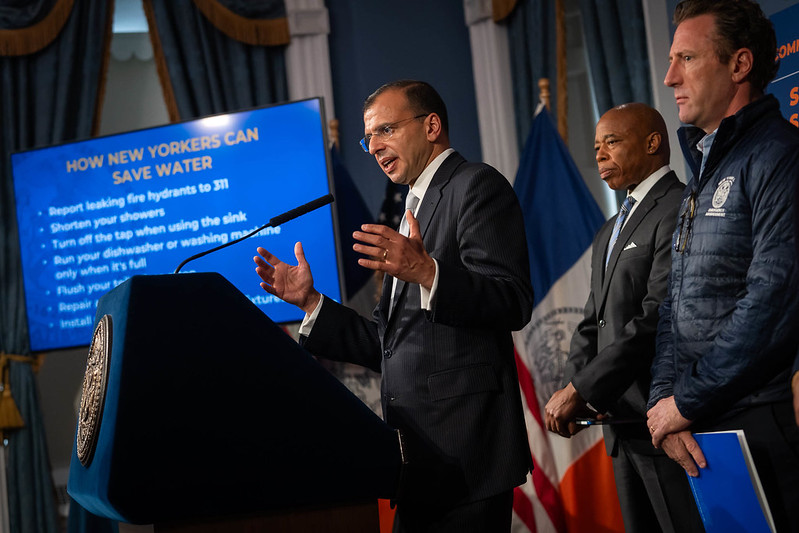SINGAPORE (Reuters) – A growing body of scientific research linking tyre wear to microplastic pollution, as well as increasing scrutiny from lawmakers in the European Union (EU), has led the $180 billion-a-year tyre industry to fight back.
The companies have stepped up lobbying with EU lawmakers weighing tougher regulations on tyre wear, according to lawmakers and LobbyFacts.eu, a website that tracks EU lobbying data. They are also quickly countering scientific studies on tyres and microplastic pollution with ones of their own that say tyre particles present no significant risk to humans and the environment.
Cardno ChemRisk, a U.S.-based consultancy that has worked with companies facing chemical exposure litigation, including Johnson & Johnson <JNJ.N>, BP Plc <BP.L> and Ford Motor Co <F.N>., is spearheading the tyre industry’s response to the microplastics threat. It declined to comment for this story.
The plastic particles, which are increasingly being found in the air, food, drinking water and even Arctic ice, may pose a risk to human health and marine life, although there is no scientific consensus on the issue. The World Health Organization said last year that there was an urgent need to find out more about the health impact of microplastics, which some environmental researchers say could weaken the immune system.
At least 10 studies since 2014 by academics and environmental consultancies cite particles generated by friction between tyres and the road as one of the biggest sources of microplastics – fragments less than five millimetres long – being released into the environment.
REPORTS COMMISSIONED
The tyre industry has published at least ten studies over the last decade concluding that tyre particles present no significant risk to humans and the environment, and are not as prevalent as other research shows.
The reports, available online, were all fully or partly authored by Cardno ChemRisk, according to a Reuters review of the documents. Three of the reports have been published since 2017.
On its website, the consultancy says its work “is not influenced by the member companies of the (tyre) industry, nor by the trade associations”.
The Tire Industry Project (TIP) – which is funded by 11 tyre companies, including Bridgestone Corp <5108.T>, The Goodyear Tire & Rubber Co <GT.O>, The Michelin Group <MICO.PA> and Continental AG <CONG.DE> – commissioned most of those assessments, according to the group’s website.
The European Tyre and Rubber Manufacturers Association (ETRMA), an industry body lobbying European lawmakers, also commissioned a study authored by Cardno ChemRisk consultants.
Two former Cardno ChemRisk employees who prepared some of the reports and spoke on condition of anonymity, said the assessments were partly aimed at preparing for potential chemical exposure claims that could be brought by individuals, companies or governments. It was not possible to independently confirm this.
“We focus on issues where we think there is a lot of litigation potential,” one of the former employees said. “If we found something that would make our client look bad, we wouldn’t publish it.”
Gavin Whitmore, a TIP spokesman, said the group’s sponsored research was aimed at “answering fundamental questions about the potential human health and environmental impacts of tyres” and not as preparation for possible chemical exposure claims. He added that the group had no knowledge of Cardno ChemRisk omitting information from its studies.
ChemRisk worked with BP after the Deepwater Horizon spill in 2010, Pacific Gas & Electric in the water contamination lawsuit in the 1990s that inspired the movie Erin Brockovich, and for Johnson & Johnson and Ford in asbestos cases. It was bought by Cardno, an Australian infrastructure group, in 2012.
ETRMA and TIP said the research they commissioned from Cardno ChemRisk was independent and fair.
NEW REGULATIONS LOOM
For tyre makers facing new rules, the stakes are high. EU lawmakers are considering regulations that would set minimum standards for tyre design to reduce microplastic pollution, such as the rate of abrasion and durability.
The requirement could lead to billions of dollars in redesign costs for tyre makers, three industry sources said.
Jarmo Sunnari, senior manager on standards and regulation at Nokian Tyres Oyj <TYRES.HE>, a Finnish manufacturer, said the effect would be of “that kind of great magnitude”, when asked about estimates of a financial hit of billions of dollars made by several industry experts.
Such added costs would be a financial headache for an industry that has suffered a sharp drop in sales due to the coronavirus outbreak, ETRMA data last week showed.
Fazilet Cinaralp, ETRMA’s secretary general, acknowledged a cost from future regulations but that it was too early to quantify. She said ETRMA’s goal was to broaden knowledge about tyre wear by funding research and assisting with the development of a tyre wear test.
“The tyre industry wants to be part of the solution,” said Cinaralp.
Olly Jamieson, a researcher for Eunomia, a sustainability consultancy that conducted a 2018 study on tyre wear for the European Commission, said the industry tended to focus on external factors influencing tyre wear like driver behaviour, road conditions and weather, rather than things like tyre design, cited in the scientific studies.
Environmental groups have also questioned the independence and accuracy of the industry studies. Specifically, they take issue with the narrow use of consultants and the industry’s conclusion that there is no risk to health from tyre particles.
“Given evidence of the contribution to both air pollution and aquatic pollution, it is misleading to claim that there is no risk of harm from tyre-wear microplastic emissions,” said Julian Kirby, plastics pollution campaigner for Friends of the Earth, an environmental group that has studied the links between tyres and plastic pollution in Britain.
“There is an appreciable risk that pollution from car tyres is harmful to human health.”
The tyre companies and company-funded groups say it is premature to declare that particles from tyres are harmful to humans or the environment.
“The peer-reviewed scientific research that we have sponsored concludes that” tyre and road-wear particles “present low risk to human health and the environment,” TIP’s Whitmore said.
“The scientific data that we have do not show a risk on human health or any demonstrative impact on flora and fauna,” said Cyrille Roget, Michelin’s technical and scientific communication director.
“It’s important to continue to work on the gaps that we have in our knowledge.”
Joerg Burfien, who was until recently head of global standards and regulations at Continental, said microplastics had become a focus for the firm in the last two years.
“We are open to solve it but we also said let’s look at all facts, let’s not have an emotional debate,” said Burfien, who was named president of Hoosier Racing Tire Corp., a Continental subsidiary, in January.
Eunomia’s 2018 study concluded that 500,000 tonnes of microplastics are generated from tyres in the EU every year, accounting for potentially the largest source of microplastics in the aquatic environment.
A year earlier, the International Union for the Conservation of Nature (IUCN) published a paper that estimated that tyres were responsible for 28% of primary microplastics in the world’s oceans.
Weeks later, ETRMA, the tyre-lobbying body, commissioned a study that found that most tyre particles never make it into rivers and oceans as they are captured in drains or by the roadside.
ETRMA says it could be take up to seven years to roll out a test for tyre abrasion, which will impact the timeframe for future legislation. Some critics say this is a delaying tactic. Cinaralp said the ETRMA was not trying to delay EU legislation.
“I do not see any great commitment by the tyre industry to address this problem,” said Joao de Sousa, a marine plastics specialist at IUCN who has held consultations on microplastics with tyre industry officials. “They want business as usual.”
(This story corrects spelling of Joerg Burfien’s name in paras 30 and 31.)
(Reporting by Joe Brock and John Geddie in Singapore; Editing by Philip McClellan)



















